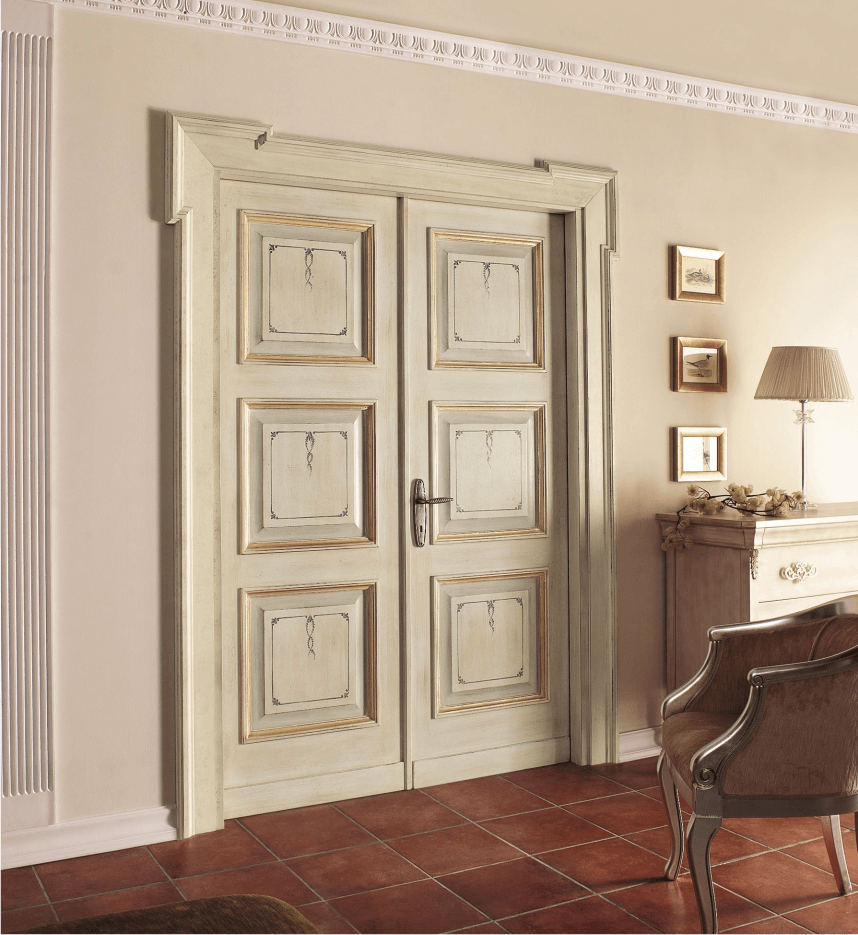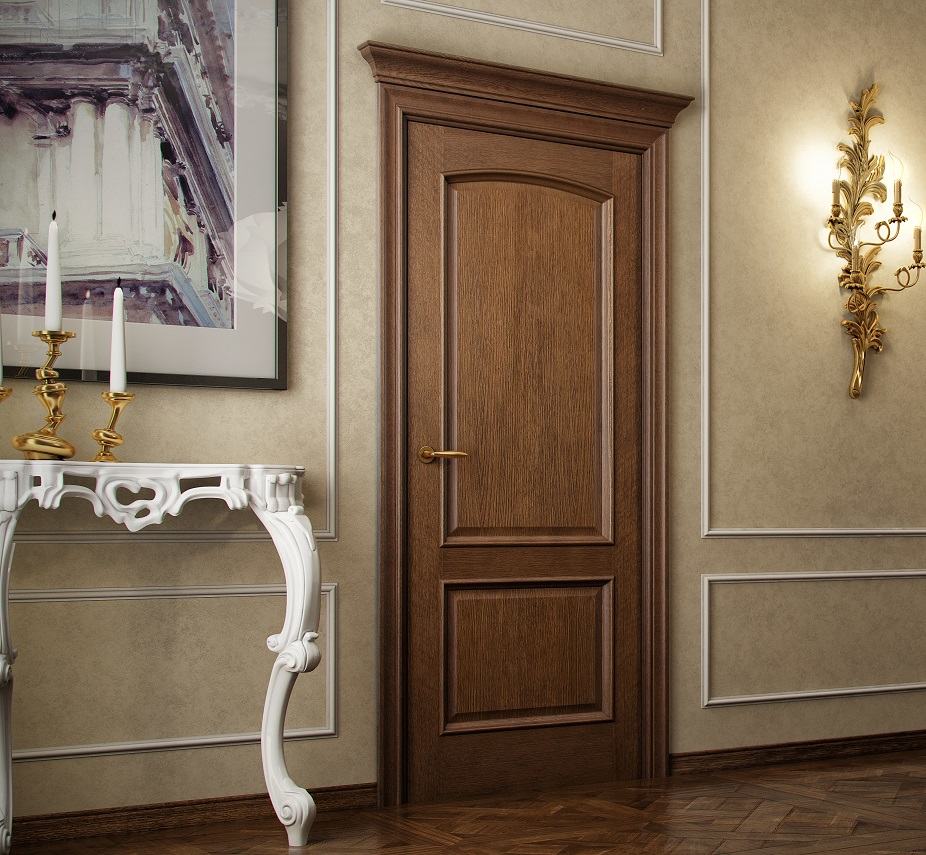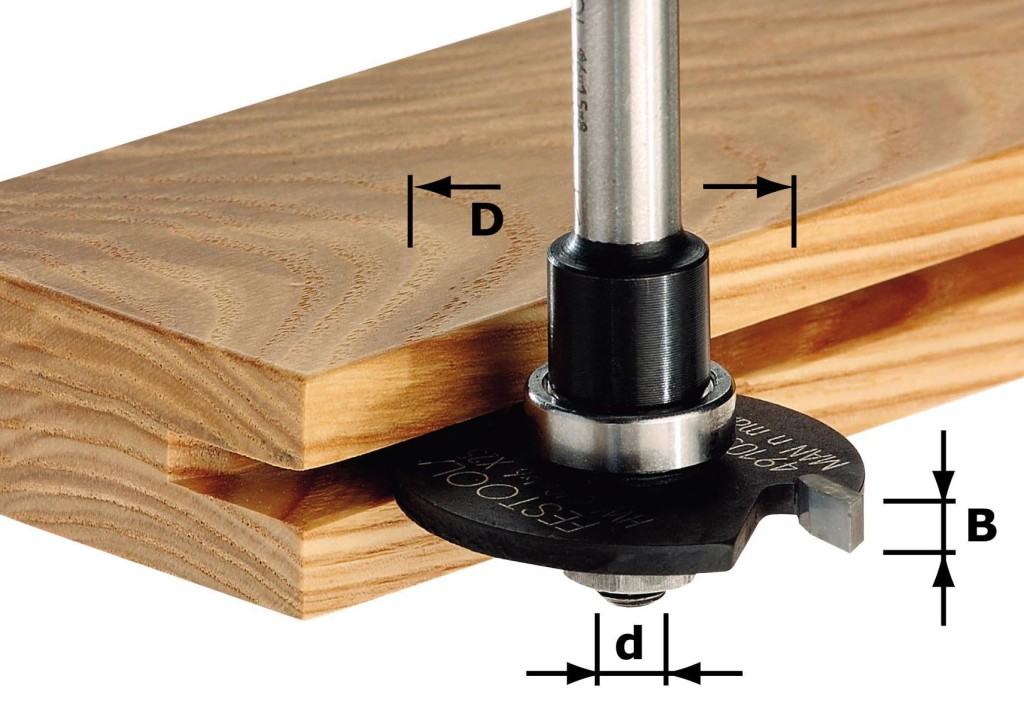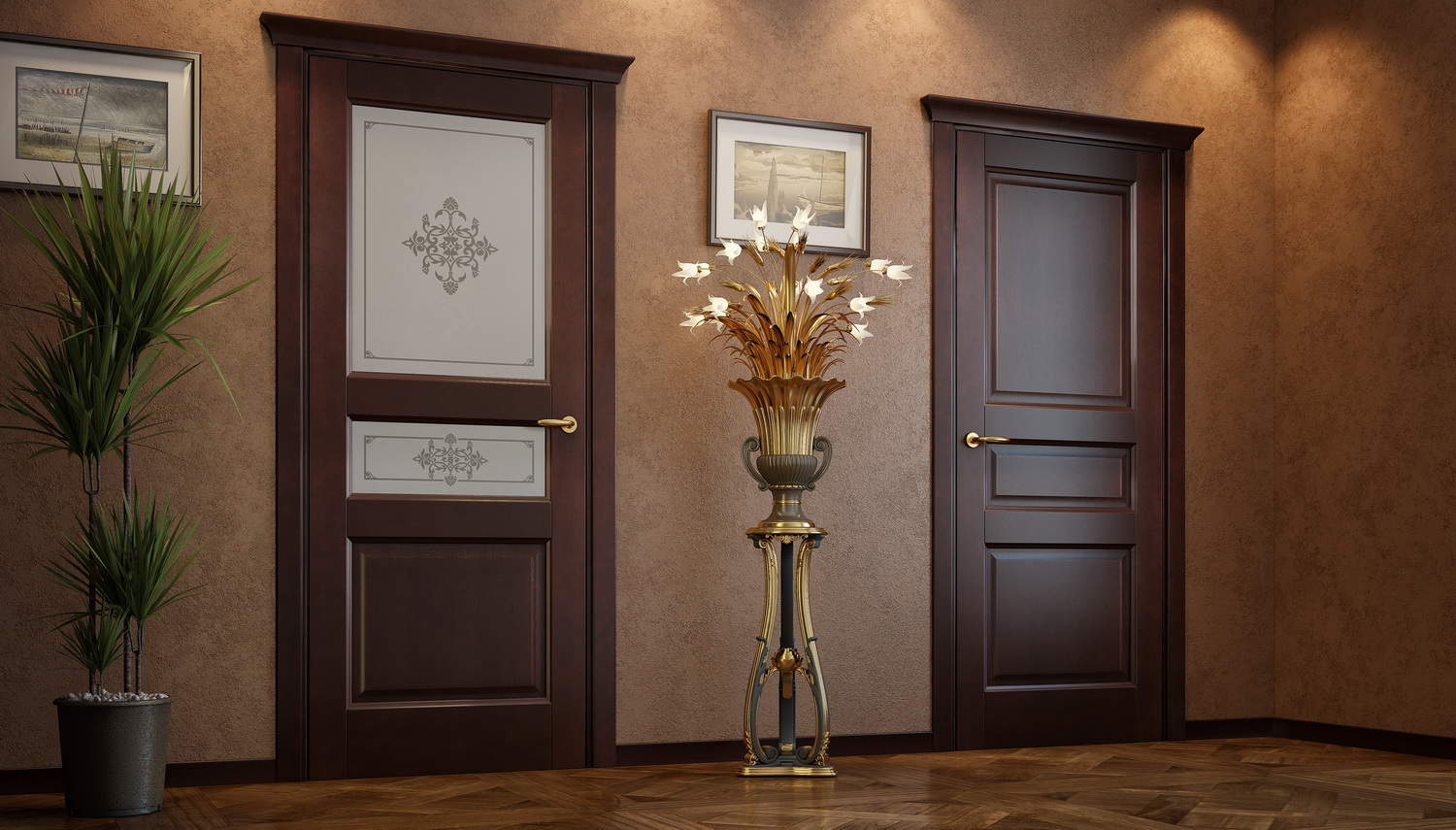Panel door production: how it works
Panel Manufacturing: A Step-by-Step Guide
Internal doors have not only functional significance, but also fully participate in interior design. In the expectation that they will serve for more than one decade, their choice and quality of installation should be given the greatest attention.
Despite the huge variety, paneled doors are especially popular among the people. What is it, and why is this design better than the shield version? How is the production and glazing of a panel door carried out? On these issues, we will try to provide comprehensive information, which will be supported by the video in this article.
Getting acquainted with the offers of companies presenting their products to the consumer, you can see how huge the range of interior doors can be. Products differ not only in the material of manufacture and design, but also in the options for the front finish, performance properties, and, of course, design features.
- How not to get confused in this abundance, and choose exactly what you need? To do this, you must, at a minimum, understand what a particular type of door looks like. By and large, the canvases of all interior doors are divided into two main groups. The first option is a shield, or as it is also called, a blank canvas, which you can see in the photo below.

- The shield can be made of spliced pine bars, DPS or plywood, and lined with veneer on top. Depending on the filling and quality of the front cover, the price of the products also varies. These doors look solid and last a long time. Their advantages include the ease of installation of canvases and insertion of locks (see Installing a lock in an interior door: professional instructions).
The only thing that can be qualified as a minus is the solid weight, which usually provokes subsidence of the canvas. Yes, and the appearance of deaf smooth canvases is quite rustic. The main emphasis in their design is on the natural texture of wood or veneer used in the manufacture of products.
Paneled canvases: features
Now consider what panel doors are, which will be discussed in our article. They belong to the second group, which combines frame-panel structures. In them, only a frame is assembled from wooden bars. It is filled with either glazing or shield-shaped inserts of a small format, which are called panels.
- The use of inserts makes it possible to save the door leaf from the shortcomings inherent in panel products. Due to the panels, the weight of the product and its cost are reduced. But most importantly, the appearance of the canvases is significantly improved, which at the same time receive an interesting relief surface.

- In this case, the beauty of the door depends more on the number and shape of the panels than on the natural qualities of the wood. By the way, the manufacture of panel doors can do without it at all. Sheet MDF is an excellent and inexpensive material from which the vast majority of interior door blocks are made today.
- Sheets used in production may have a laminated, veneered or painted surface. However, doors can also be made of simple material, without front finish - the so-called "paintable" option. It is these doors that are most often installed in apartments of high-rise buildings that are put into operation with a rough finish.
The most interesting thing is that it is not easy to make paneled doors with your own hands, but it is quite possible. To do this, you just need to have the appropriate tool, the skills to work with it, and the necessary information, which we will gladly share with you.
Canvas strapping
As already mentioned, a paneled canvas consists of a frame (frame, strapping) - whoever likes what definition, as well as inserts attached to it. The frame assumes all loads, so it must be made in such a way that the web is provided with transverse and longitudinal rigidity, resistance to mechanical stress.
- Therefore, the production of panel doors involves the use of well-dried wood, or MDF, for this purpose. The frame consists of at least five bars, which fully provides it with spatial rigidity. Two of them are racks, two are horizontal elements (lower and upper sides), and one cross member (middle), which separates the lower third of the canvas, or divides it in half.

One of the options for assembling paneled products
Note! One of the options for frame-panel doors are tsargo structures. In them, the drawers are not only binding elements, but also filling. That is, the canvas is completely recruited from them. Drawers in paneled doors are only frame elements (lining), in which grooves are provided for connection with panels.
- Docking of these parts is carried out only with a spike method or dowels, which protects the product from temperature deformations. You may think that glueless connections are unreliable, but believe me, this is not at all the case. The panel itself does not carry any loads, but performs only a decorative role - and yet it is strong enough, since it has a thickness of at least 18 mm.

Since a panel is a profile product that can have not only a rectangular, but also a curvilinear configuration, it is clear that the complexity of the door depends on the number of inserts. This cannot but affect the cost of the product: budget products have a maximum of one or two panels, in expensive options for interior doors, there can be six or even eight. Well, the designs of entrance doors often provide for twice as many of them.
Facial finish: what to prefer
We figured out the design of frame-panel doors, now we will pay attention to such an issue as the front finish. Which option is still better: painting, laminating, or veneering? With doors made of solid wood, everything is simple - their surface is sanded, sometimes tinted, and then varnished.
- The use of fiberboard and other wood derivatives in the production implies a more solid surface finish, which, as a rule, imitates the pattern of wood. This can only be done by laminating or veneering the material. In the first case, a decorative coating called laminatin is used for this purpose.
- In short, it is paper with a tree pattern printed on it, impregnated with resins and glued to a substrate. Wood sheet material is driven through a special machine on which a roll of laminate is installed. Gluing is carried out under heat and pressure, after which MDF sheets are cut into blanks.

- As for the veneer, it is no longer paper, but a thin layer of wood that is removed from a log. Only valuable species of wood are used for the production of veneer. This material can be both rolled and sheet. But the sheets, as a rule, are small, since their width corresponds to the circumference of the log.
- Veneering - this is the correct name for the process of pasting chipboard with veneer, and then you will understand why. First, sheets with the same pattern are selected, stacked with a blade, and the edges are cut evenly. For gluing sheets of large format, pieces of veneer are literally sewn together and glued together.
- The material intended for finishing the outer side of the door leaf has a multilayer structure. It is glued together from three sheets of veneer. The one that goes to the outside is adjusted according to the drawing so that it is a mirror image.
- The middle sheet is coated with glue on both sides, and the outer elements are already glued to it, passing through a hot press. It turns out a kind of three-layer plywood, which is why this process was called "veneering". At the final stage, the material is sanded and varnished, and then the door leaf is veneered with it.

- By the way, veneered doors do not have to be made of chipboard or MDF, which can only be called environmentally friendly with a stretch. It can be natural wood, only cheaper pine, lined with, say, oak veneer.
Modern equipment used in factories for the production of doors, allows you to connect the veneer with the base very securely, so you can be sure that nothing will peel off over time. Accidental scratches do not threaten such a coating either, so we can say with full confidence that veneered doors are the best option in terms of price and quality.
Organization of the production process
Panel-type door leafs are assembled from spliced pine bars, and this not only makes the door heavier, but also increases material consumption. The use of elements such as panels makes it possible to simplify and reduce the cost of the process as much as possible, so manufacturers, especially beginners, make the main bet on panel doors.
So:
- If you decide to start door production as a small business, then the information that we offer in this article will be a good help for you. Of course, some household carpentry tools are not enough here.

- At a minimum, you need a circular saw, a milling cutter, and a panel saw, the main functions of which are to form a perfectly even cut. In appearance, it resembles a sawmill, but there the lumber moves freely, but here it is rigidly fixed relative to the cutting surfaces.
- Such equipment is equipped with quick-response mechanisms, and when working with it, it is important not to forget about safety precautions. You should not start working on the machine, or use the manual version of the same milling cutter or miter saw, if you have not studied its device, operating rules, and are not convinced of its serviceability.
- The manufacturer's instructions are the main document that you need to study, as they say: "from cover to cover." If you are going to set up production and have purchased machines, only those people who have been trained and have a document certifying this fact can be allowed to work with them.

When it comes to making one or more doors for yourself, you can try to get by with a workbench, a miter box, a hacksaw and a chisel, but you won’t be able to make a beautiful panel without a milling cutter, even if it’s manual. By the way, you can also stick laminate or veneer on the surface manually, and if you wish, you can easily find a training video.
How the canvas is assembled
So, we have already said that the frame of a paneled door is assembled from at least five bars, and the gaps between them are filled with panels.
In general, the number of inserts depends on the intermediate crossbars or racks. They, as it were, draw the plane of the canvas into rectangles, and the more there are, the smaller the panels will be in size.
- The number of insertable elements also increases. In the example below, you can see that the doors have not one mullion, but two, which made it possible to provide an additional insert. As you can see, both glazed and unglazed doors acquire a more elegant appearance.

Paneled doors
- The production of panels is started only after all the blanks for the outer strapping of the frame are made, and the frame itself is partially assembled. As a matter of fact, first of all, one rack is connected to the empty and upper profile. In order to avoid deviations in size, the mullions are cut after measurement, in fact.
- First, a bar is cut to the desired length, and a spike is cut at its end so that it can be installed in the groove of the frame. Next, they make a fitting: inserting the mullion into the frame, make a pencil mark according to the level, and only then cut a spike on the second end. The more panels there are on the canvas, the more mullions will have to be installed.
Horizontal elements always correspond in length to the width of the door. If you need to install intermediate racks, then their length is equal to the distance between the two transverse mullions.
The default assembly order is always the following: the larger elements are placed first, and then the smaller ones. After the inside of the canvas is filled, it is closed with a second standing part.
How panels are made
The dimensions of future panels are also measured in fact - after horizontal mullions are installed on the canvas frame. If several identical panels are provided on the canvas, then it is best to cut off the template rail and focus on it when measuring.
- When cutting it off, you need to reduce the value by 5-6 mm in order to allow the rail to move freely in the frame, without resting on the harness. However, when moving, the template rail should not come out of the grooves. Thus, with the thermal expansion of the finished web, its parts will be able to move freely, and deformation can be avoided.
- Now you need to make a panel template. It is cut out from a piece of hardboard, or plywood, tried on in a cell of the frame of the canvas, and only then proceed to the manufacture of the panel itself. Having a well-calibrated template will simplify the process of cutting panels, reducing the time that would be required for repeated measurements and adjustments. And the more complex the shape of the panels, the more valuable the template.

- After the blank for the panel is cut out, the most crucial moment comes. After all, this is a profile product, which makes up the beauty of a paneled door. This very profile is called a figurative field, and in order to cut it, you need a special nozzle for the cutter. The options for processing the ends of this part can be different, after which the edges will have a different profile.
The essence of processing is to turn the thick rectangular ends of the part into graceful ridges, called figurines, which will easily fit into the grooves of the strapping. In the process of milling, the volumetric part is removed from the ends of the workpiece, as a result of which the edges become thinner.
They are sanded, the panel is inserted into the frame, and then pressed with pebbles, similar to a bead. In conclusion, dust is removed from the product, the canvas is primed and the finishing is started.




